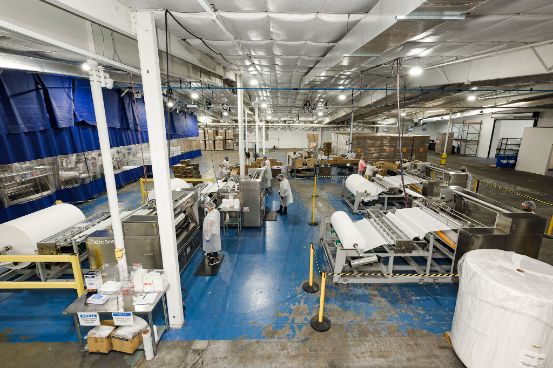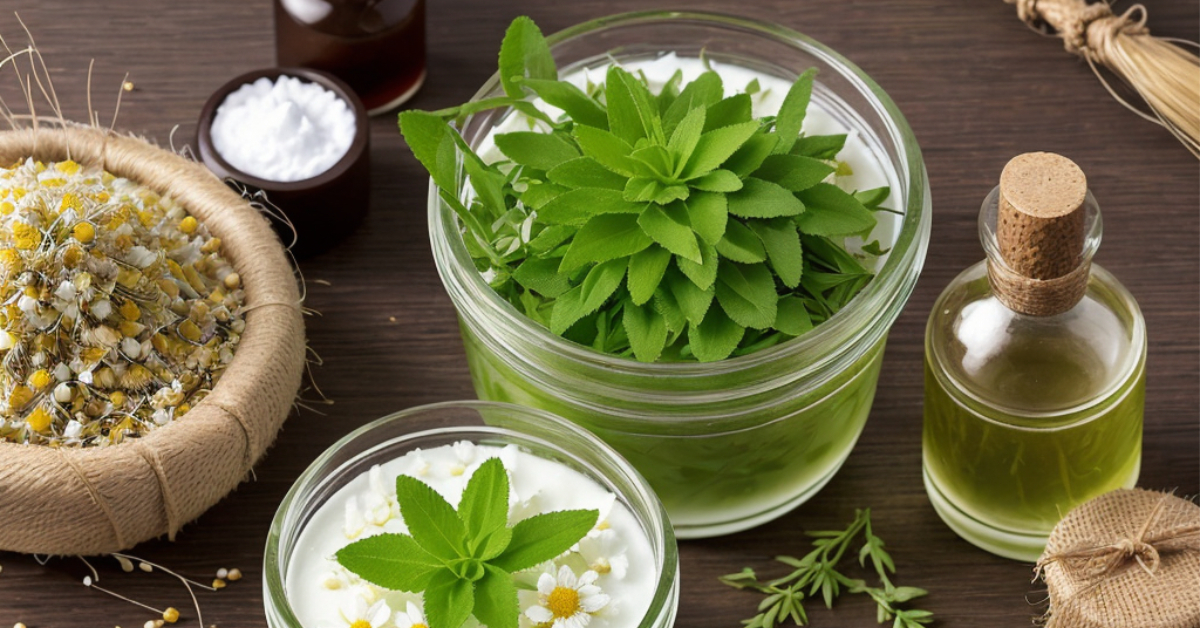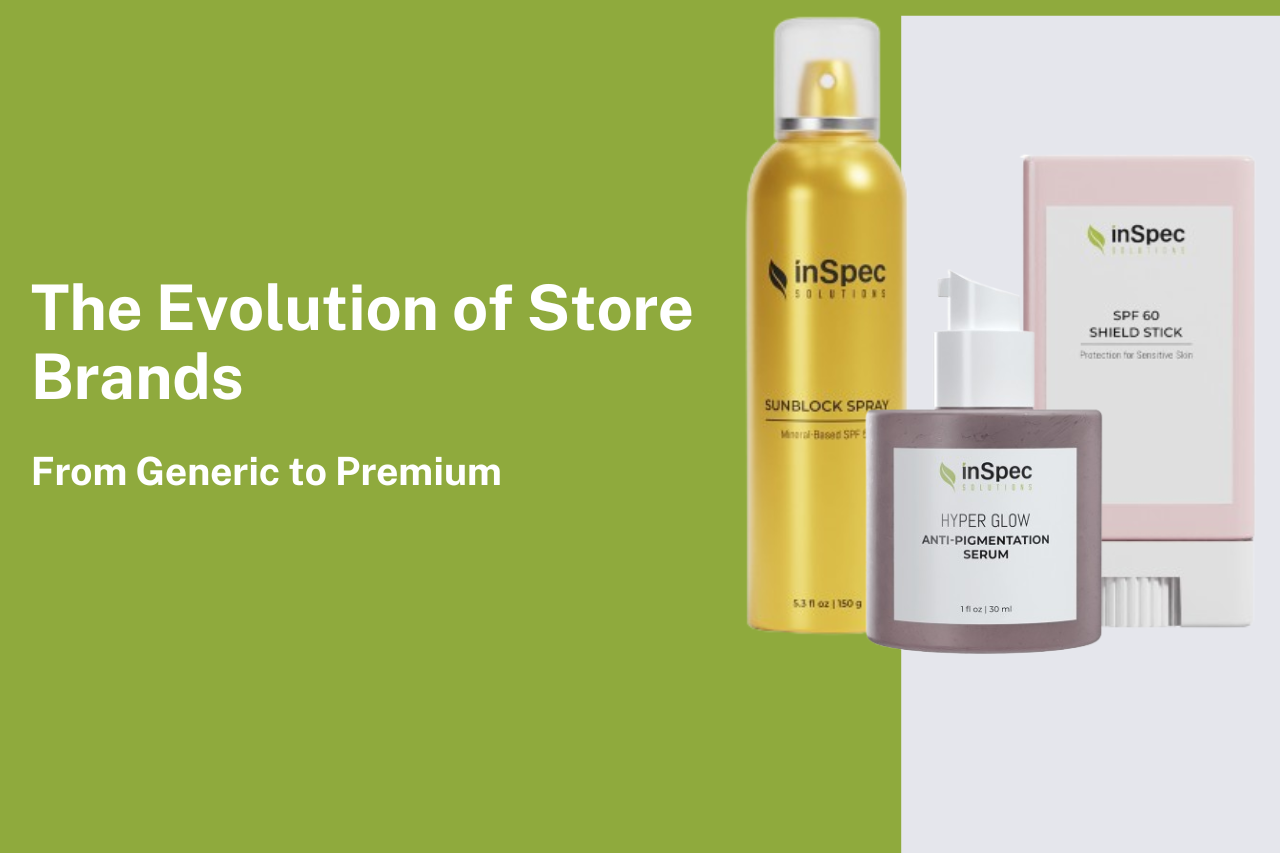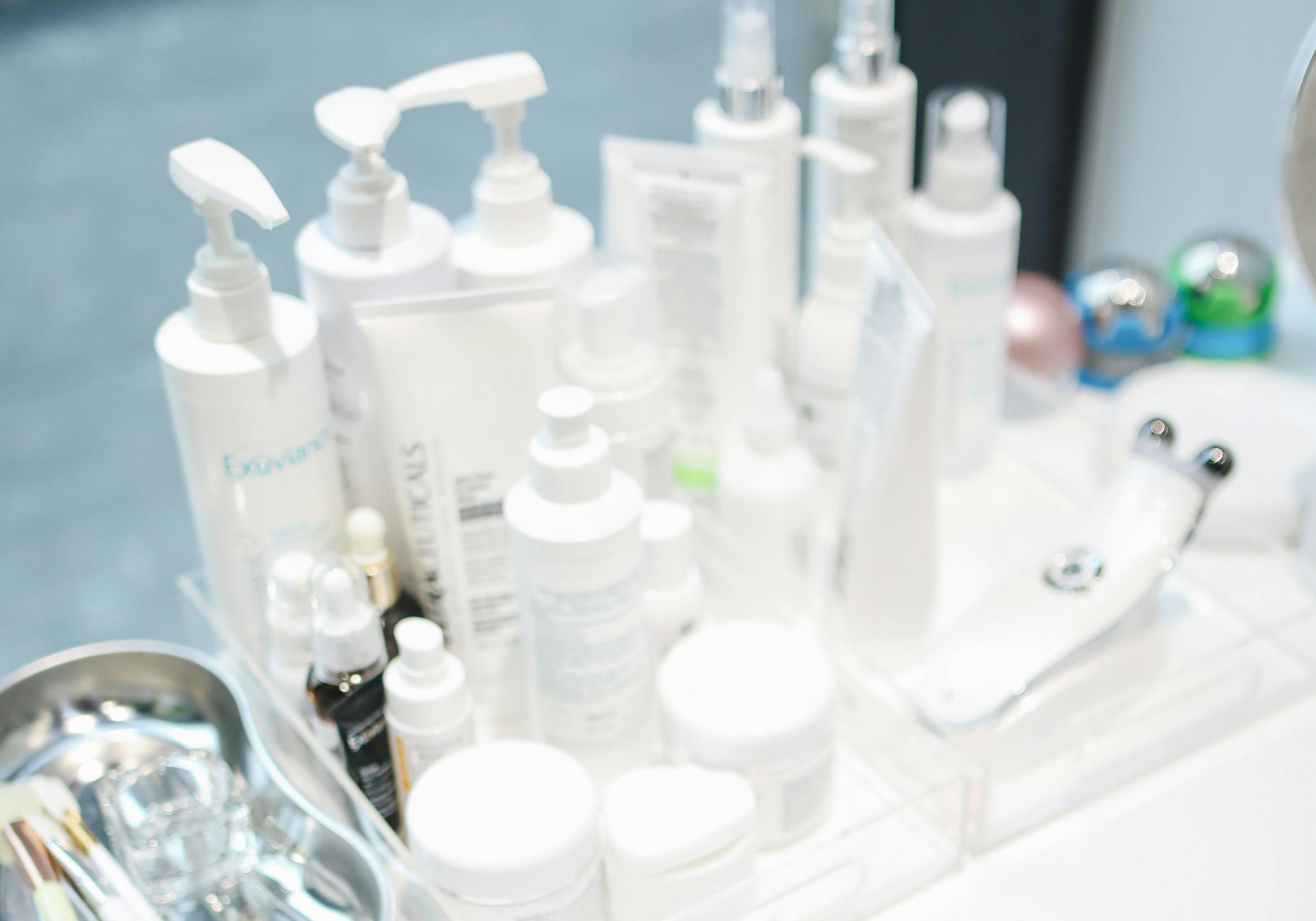Wet wipes have become a staple product in many households and industries, providing a convenient and effective way to sanitize various surfaces. Depending on their formulation, they can also be used to clean babies, groom pets, and remove makeup.
Given how efficient wet wipes are in terms of cleanliness and hygiene, it’s worth exploring how these products are manufactured.
Understanding the wet wipe manufacturing process can shed light on the quality and efficiency of such handy products. Together with versatility, these factors make wet wipes an excellent market opportunity, especially considering the increasing demand for hygiene products.
Without further ado, let’s break down the wet wipes production process.
What Are Wet Wipes Made Of?
While there are numerous uses for wet wipes, the basic building blocks remain the same – non-woven fabric and a solution used to moisten it. Let’s look at each component more closely.
Substrates
The materials used for wet wipes are known as substrates. Substrates must check a few boxes in order to be used in wet wipes production.
Most importantly, they must be sturdy enough to withstand heavy-duty cleaning tasks and absorbent enough to be easily saturated in a cleansing solution.
There are a few materials that fit this description.
- Wood pulp. Wood pulp is arguably the most common raw material used in wet wipe manufacturing. These wet wipes have a flat, ribbon-like morphological fiber structure that gives them a larger surface area to come into contact with the surface being cleaned. This unique structure enhances their cleaning and absorbency properties.
- Cotton. Cotton wipes are highly absorbent and durable, allowing them to trap a significant amount of moisture without falling apart. Although cotton fibers are known for their strength, this material is exceptionally soft to the touch and gentle on the skin.
- Viscose. While not as durable as cotton, viscose wet wipes hold up well during use. This semi-synthetic material is known for its smooth and silky texture that feels amazing on the skin.
- Polyester. Polyester wet wipes are strong and durable, making them less likely to tear even during heavy use. They are also resistant to shrinkage, which helps them maintain their shape over time.
What sets the substrates used in wet wipes production from traditional fabrics apart is that they’re non-woven.
As the name suggests, these substrates aren’t made by weaving together fibers into an interlocking matrix of loops. Instead, they’re produced using sheets made from a mass of separate fibers. This non-woven fabric is also used to manufacture diapers and dryer sheets.
Cleansing Ingredients
The materials used for wet wipe manufacturing are intended to perfectly hold the cleansing ingredients.
Among these, water is the main component. This liquid carries and dilutes other ingredients, which are additional substances for moisturizing, cleansing, and disinfection.
The exact substances depend on the chosen formulation but can generally be sorted into several categories:
- Detergents. Detergents are responsible for the cleansing properties of wet wipes. The choice of these substances depends on whether the wet wipes are intended to be used on the skin. The common detergents intended for the skin are known as amphoteric surfactants. These surfactants are mild enough to avoid irritating the skin and stripping it of its natural oils yet strong enough to get the job done.
- Moisturizing agents. Moisturizing agents or humectants are added to wet wipes to prevent premature drying. Plus, they’re excellent for moisturizing the skin.
- Thickeners. As the name suggests, thickeners control the thickness of wet wipes and keep them the right consistency.
- Preservatives. Due to their moisture, wet wipes represent an ideal breeding ground for microorganisms. Preservatives are added to inhibit the growth of these microorganisms, thus minimizing the chances of contamination and health risks and extending the shelf life of wet wipes.
- Oils. Some wet wipes production processes include oils as an ingredient to help soften and nurture the skin.
- Fragrances. The fragrance is also an optional addition to wet wipes since some consumers prefer fragrance-free products due to allergies and sensitivities. For those who don’t fall into this category, fragrances typically make the product more appealing as they mask unpleasant odors while providing a pleasant scent.
What Does the Wet Wipe Manufacturing Process Look Like?
If you’re looking for the short version, the wet wipe manufacturing process involves weaving fibers into sheets, dividing them into smaller pieces, and immersing them in cleansing ingredients.
If you’re interested in the more complex ins and outs of this fascinating process, let’s get right to it.
Considerations Before the Wet Wipes Production Begins
Reputable wet wipe manufacturers like InSpec Solutions specialize in more than one type of wet wipe. Before the wet wipes hit the machines, there are several choices you’ll have to make.
Step 1: Choosing the Material
Choosing the material is the first step in creating the ideal wet wipes for your needs. This choice mostly boils down to how resistant, absorbent, and gentle you want the wet wipes to be and their intended use.
At InSpec Solutions, we specialize in baby, makeup, antibacterial, and pet wipes manufacturing.
Step 2: Choosing the Formulation
Step 2 also depends on the intended use of your wet wipes. At InSpec Solutions, you can choose from a wide range of tried and tested formulations that accommodate various wiping needs. Alternatively, we can work together to develop a unique formulation based on your ideas.
Step 3: Choosing the Packaging
All packaging used in wet wipes production shares the same basic characteristics. It must keep the wet wipes free from contamination, prevent them from drying out, and allow easy access. Meeting all the necessary criteria, thermo-formed plastic canisters are often used for packaging wet wipes.
However, these canisters aren’t the only option. Other popular packaging choices include the following:
- Individual sachets, perfect for wiping on the go
- Soft flow packs, ideal for makeup and baby wipes
- Refill pouches, suitable for large wipe dispensers in public places
- Buckets, tailor-made for increased wiping needs
Step 4: Choosing the Design
To ensure your wet wipes stand out among the competition, you can customize their packaging. There are almost limitless possibilities when it comes to design customization, but here are the most popular options:
- Matching the color scheme to your branding colors
- Adding a logo
- Featuring a short blurb describing the wipes and the business behind them
- Adding high-resolution images
The Wet Wipes Production Begins
Now that you know exactly what you’re getting, let’s go through the process of making your ideal wet wipes.
Step 1: Formula Preparation
During formula preparation, the ingredients are mixed in large batch tanks. Water is usually the first ingredient to enter the tank. Since wet wipes are mostly water, the liquid used for the formulation has previously been purified, ensuring it’s contaminant-free.
After water, other ingredients in the formulation are added sequentially and mixed until a homogenous texture is achieved. If the formulation contains powders or solids, the mixing tank will be heated to facilitate seamless blending.
Step 2: Assembling the Non-Woven Fabrics
Two methods are primarily used for assembling non-woven fabrics – wet and dry-laid.
The wet-laid process is typically used when manufacturing softer and gentler wet wipes, such as baby wipes. During this process, the non-woven fibers are transformed into semi-liquid mixtures containing water and chemicals. These mixtures are then pressed into flat sheets using rollers.
As for the dry-laid process, it’s typically employed when manufacturing wet wipes from plastic resins. This process entails melting plastic pellets and forcing them through tiny holes using air pressure. When these fibers cool down, they condense. Then, hot metal rollers flatten them and bond them into a sheet.
Regardless of the process, the assembled sheets are fed into a coating machine.
Step 3: Treating the Non-Woven Fabrics
Once the sheets are in the coating machine, they’re treated with the prepared formula. The treatment can be done by running the fabric through the solution or spraying it with nozzles.
Step 4: Cutting the Master Rolls
These long rolls of non-woven fabrics are referred to as master rolls.
Once processed, they’re cut into smaller pieces. Then, they’re discharged onto a platform and further processed to slit them into consumer-sized packaging.
Step 5: Packaging the Wet Wipes
After slitting the wet wipes, they are folded, stacked, and transferred into airtight containers of your choosing. Finally, wet wipe containers are sealed using heat.
Step 6: Quality Control
Quality control is an essential part of the wet wipe manufacturing process.
Quality checks are performed throughout this process, starting before the ingredients are added to batch tanks. These ingredients are carefully weighed and checked against pH, viscosity, and microbial content specifications to ensure everything is up to standard.
The final quality control check occurs after packaging. If there are no issues, the packaged wipes are placed into bigger boxes and readied for delivery.
The Ultimate Cleaning Solution for Every Situation
From selecting the perfect material to boxing up the finished product for delivery, the wet wipe manufacturing process is designed to ensure that the produced wet wipes are high-quality, effective, and safe. Once they check all these boxes, they can be used for various household purposes and industries, from hospitality to healthcare.



